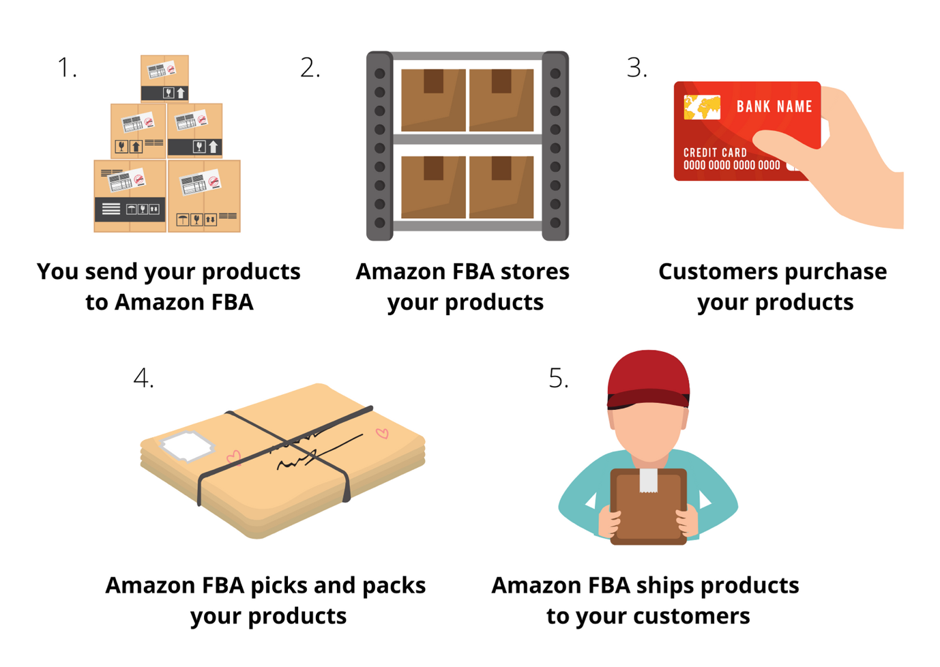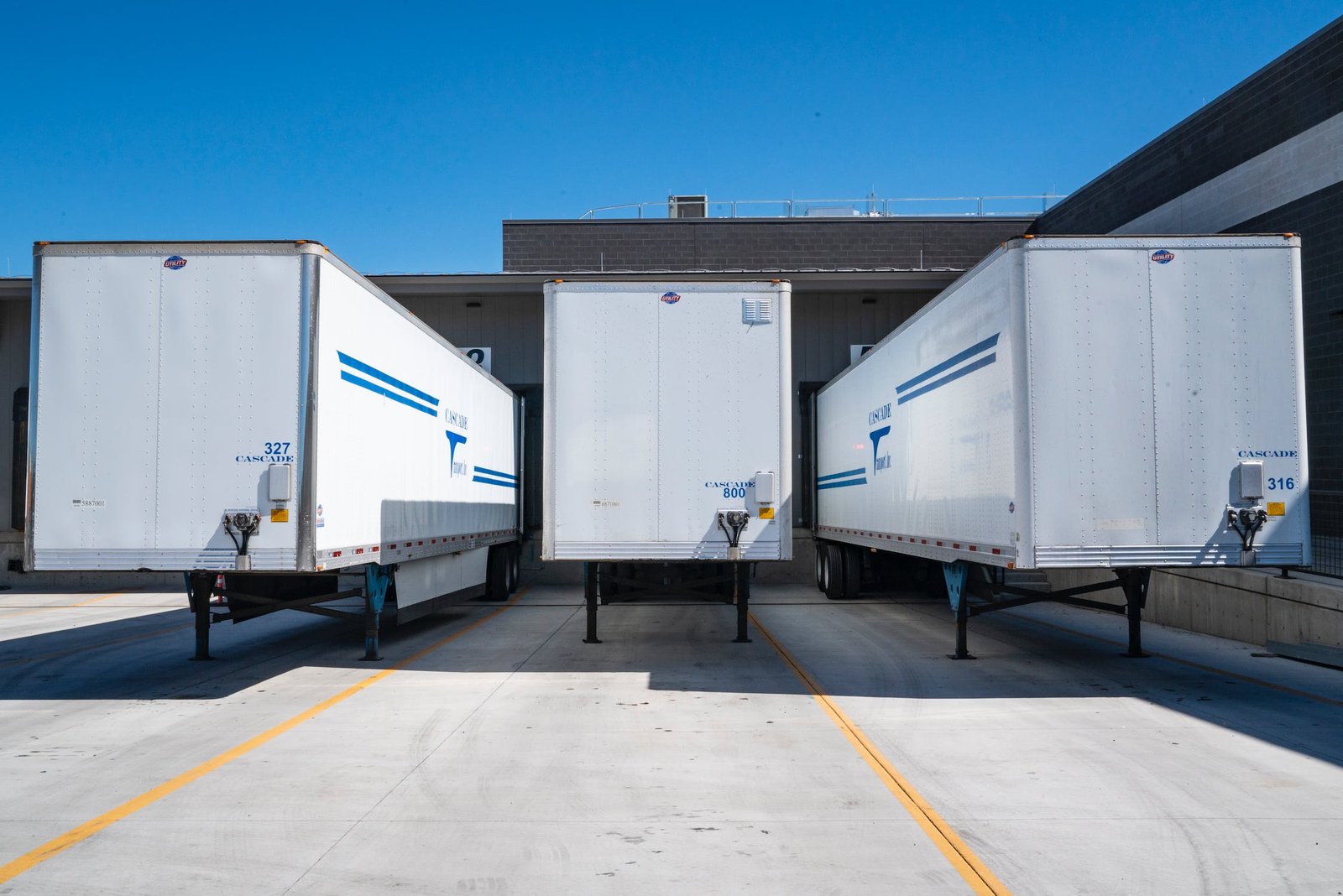International trade can be complicated, with numerous terms and conditions governing how goods are transported from one country to another. Among these, Incoterms® (International Commercial Terms) define the responsibilities of sellers and buyers in the international shipping process. One of the key terms you’ll encounter is Delivered At Place (DAP). Understanding this Incoterm is crucial for international trade learners as it impacts shipping, costs, and risk distribution.
Delivered At Place (DAP) is a shipping term under Incoterms® 2020 that defines the seller’s responsibility to deliver goods to a named destination, ready for unloading. The seller is accountable for all risks and costs associated with transporting the goods to that location, but not for unloading. This term can be used across all modes of transport.
What Does Delivered At Place (DAP) Mean in International Trade?
In international trade, Delivered At Place (DAP) refers to a shipping arrangement where the seller bears the costs and risks involved in delivering goods to a specified destination, which is typically the buyer’s premises or another agreed location. The responsibility of the seller ends when the goods reach the named place, and they are ready for unloading by the buyer.
The term “Delivered At Place” can apply to any form of transport, whether it’s by sea, air, road, or multimodal means. DAP is often used when sellers want to ensure that their buyers receive the goods at a location of their choice without dealing with the intricacies of shipping arrangements.
How Does DAP Compare to Other Incoterms Like DDP and EXW?
When comparing DAP with other Incoterms like Delivered Duty Paid (DDP) and Ex Works (EXW), it’s clear that DAP strikes a middle ground in terms of seller and buyer responsibilities.
- Delivered Duty Paid (DDP):
DDP places more responsibility on the seller compared to DAP. In DDP, the seller not only delivers the goods to a named place but also pays for all customs duties, taxes, and additional costs. The seller essentially takes on all the risks and costs up to the point where the goods are delivered to the buyer’s premises, fully cleared for import. - Ex Works (EXW):
On the opposite side of the spectrum, EXW puts the least responsibility on the seller. The seller only needs to make the goods available at their premises, and the buyer assumes responsibility from that point, including arranging transportation and paying any associated costs like export duties, shipping fees, and insurance.
Compared to these terms, DAP offers a balance by assigning the seller responsibility for transport costs and risks up to the destination, but it leaves the payment of import duties and taxes to the buyer.
What Are the Benefits of Using DAP in Shipping?
Delivered At Place (DAP) offers several advantages, making it a popular Incoterm in international trade. Some of the benefits include:
- Simplicity for the Buyer:
Buyers do not have to worry about organizing transportation or managing the risks associated with shipping. The seller handles these aspects, and the buyer simply receives the goods at the agreed location. - Seller Control Over Transportation:
Since the seller manages the shipping, they maintain control over the logistics, ensuring that the goods are handled properly during transit. This can result in fewer delays and better coordination of delivery times. - Cost Transparency:
Under DAP, the buyer is aware of the total costs related to transportation and can factor in the responsibility of paying duties or taxes. This provides a clear financial arrangement between the buyer and seller. - Reduced Buyer Risk:
The buyer assumes less risk, as the seller is responsible for ensuring the goods arrive safely at the destination. Any damages or losses during transit are borne by the seller until the goods reach the final location.
What Are the Challenges of DAP for Buyers and Sellers?
Despite its advantages, DAP can also present some challenges, particularly in relation to customs duties, taxation, and risk management. Here are some potential drawbacks:
- Buyer Responsibility for Duties and Taxes:
While the seller handles transportation, the buyer is responsible for paying duties, taxes, and any customs clearance fees upon arrival of the goods. This can sometimes result in unexpected costs for the buyer, especially if they are not familiar with the import regulations in their country. - Seller’s Exposure to Delivery Risk:
Sellers bear the responsibility for the goods throughout their journey to the destination. This means that if anything goes wrong during transportation, the seller is liable for those losses. Proper insurance and reliable logistics partners are critical to mitigate these risks. - Complexity in Multinational Transactions:
In cases where the buyer is located in a country with complex or restrictive customs regulations, the seller may face difficulties navigating these rules. This could result in delays or additional costs that the seller must cover until the goods are delivered.
Who Pays Duties and Taxes in a DAP Transaction?
In a DAP transaction, while the seller handles the shipping, the buyer is responsible for paying duties, taxes, and customs clearance fees once the goods arrive at the final destination. This arrangement can lead to misunderstandings if the buyer is not fully aware of the import costs they are liable for. It is crucial for both parties to clarify these responsibilities in their sales contract to avoid any disputes later.
How DAP Is Used Across Different Modes of Transportation
One of the significant advantages of the DAP Incoterm is its flexibility. It can be used across various modes of transport, whether by sea, air, road, or rail. For example:
- Sea Freight:
When shipping via sea, the seller is responsible for arranging the ocean freight, ensuring the goods are safely transported to the buyer’s port or warehouse. - Air Freight:
In air transport, the seller must arrange for the goods to be delivered to the buyer’s chosen airport or directly to their premises, depending on the agreed terms.
This versatility makes DAP a popular choice for sellers who need to ship goods to different parts of the world using multiple transportation methods.
DAP vs DDP: A Detailed Comparison
One of the most frequent comparisons in international trade is between DAP and DDP (Delivered Duty Paid). The key difference lies in who is responsible for paying import duties and taxes.
- Under DDP, the seller assumes all responsibility, including paying import duties and clearing customs. This often means a higher selling price to cover these costs but provides more convenience to the buyer.
- In contrast, under DAP, the seller is only responsible for transporting the goods, while the buyer handles import duties. This makes DAP less costly for the seller but requires the buyer to be familiar with their country’s customs regulations.
Real-World Example of DAP in International Trade
Imagine a U.S.-based electronics company selling equipment to a buyer in France. Under a DAP agreement, the U.S. company arranges for the goods to be shipped via air freight to the buyer’s location in Paris. The seller is responsible for all transportation costs, ensuring that the goods arrive at the French buyer’s warehouse. However, the buyer in France is responsible for paying customs duties and taxes upon arrival, and the seller is not involved in the customs clearance process.
Who Bears the Risk in a DAP Agreement?
In a DAP agreement, the seller bears all risks until the goods are delivered to the named place of destination. This means that any damage, loss, or delays in transit are the seller’s responsibility. Once the goods arrive at the destination and are ready for unloading, the risk shifts to the buyer.
Summary
Delivered At Place (DAP) offers a balanced approach in international shipping by giving the seller responsibility for delivering goods to the buyer’s location while leaving duties and taxes to the buyer. Understanding this Incoterm is crucial for both buyers and sellers to ensure smooth transactions, minimize disputes, and manage costs effectively. By clearly defining the responsibilities, DAP allows international trade transactions to proceed with fewer complications, especially when used appropriately in global supply chains.






